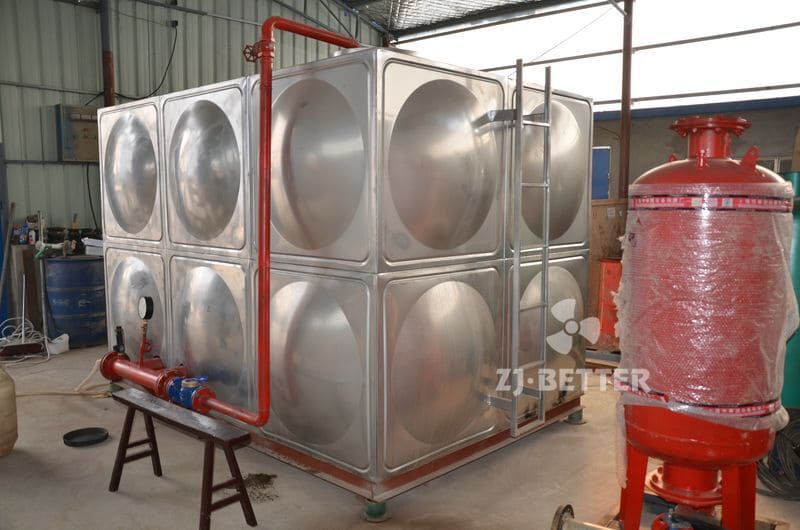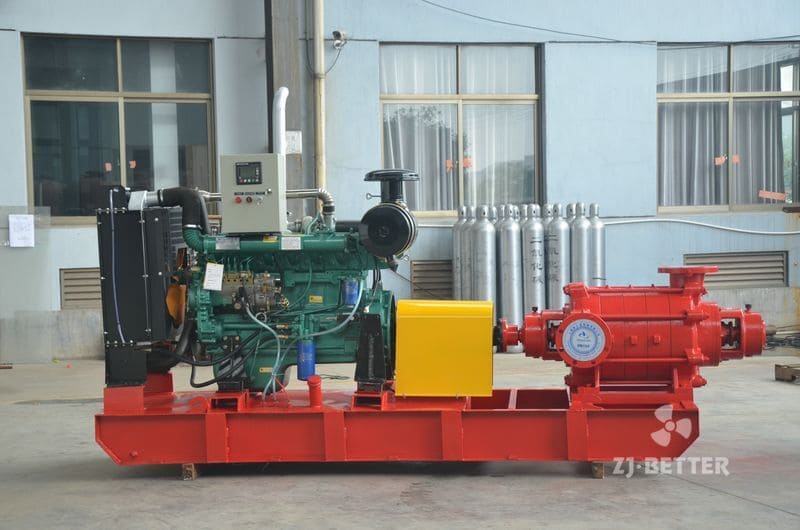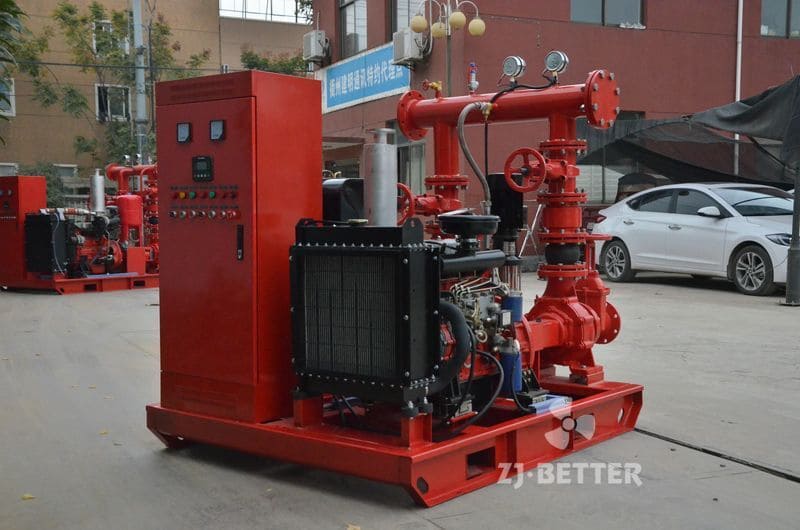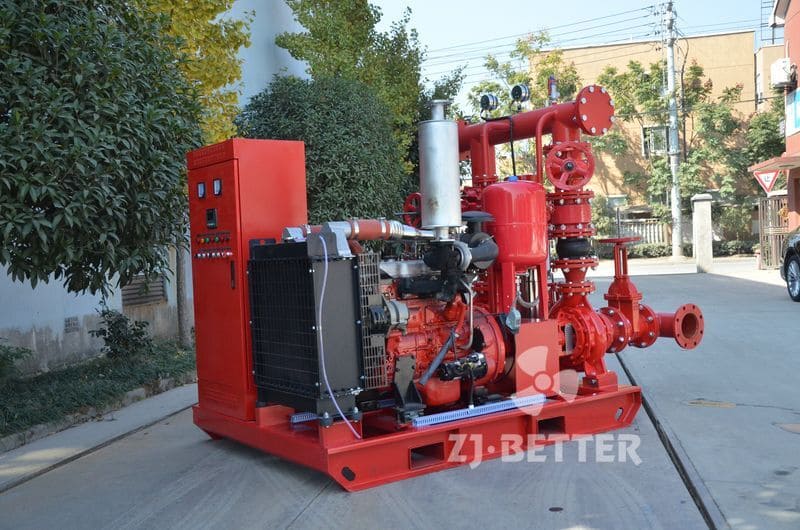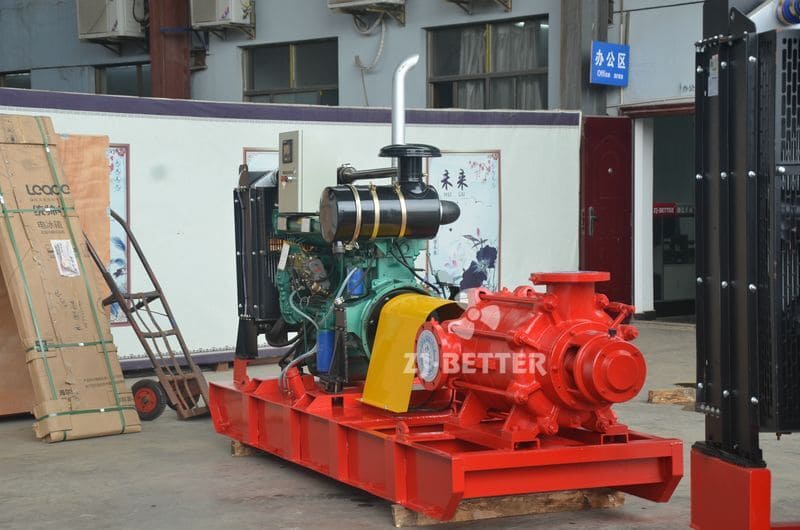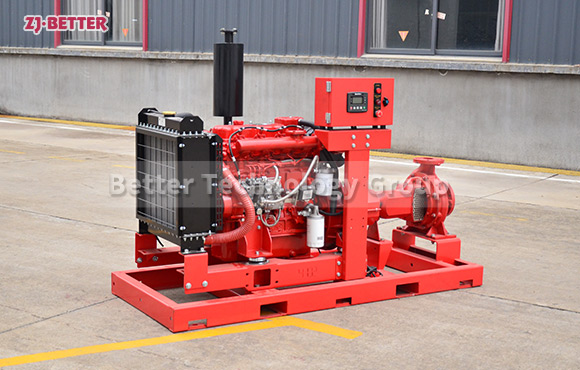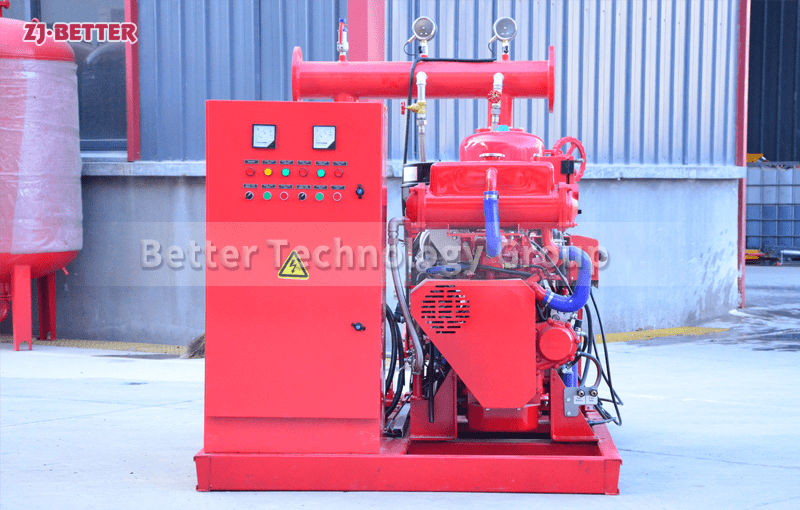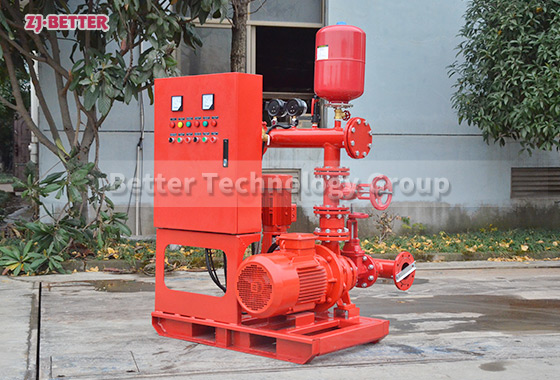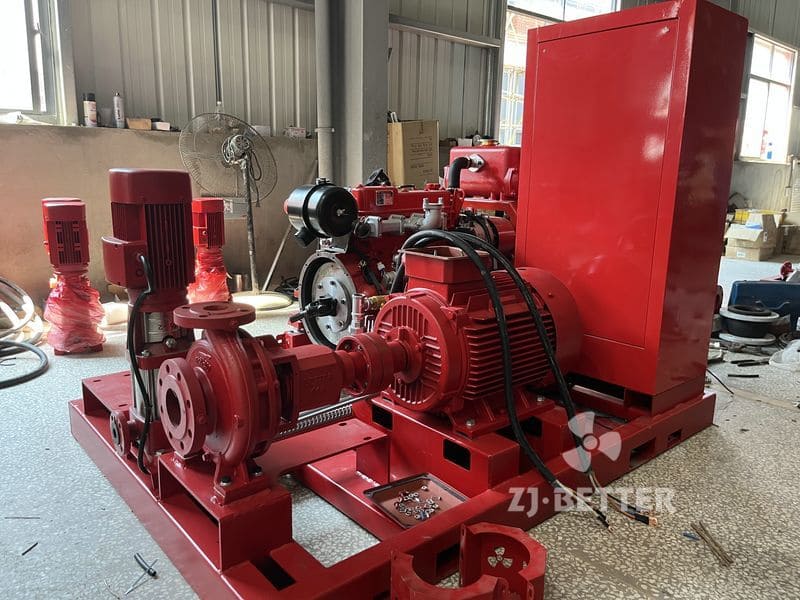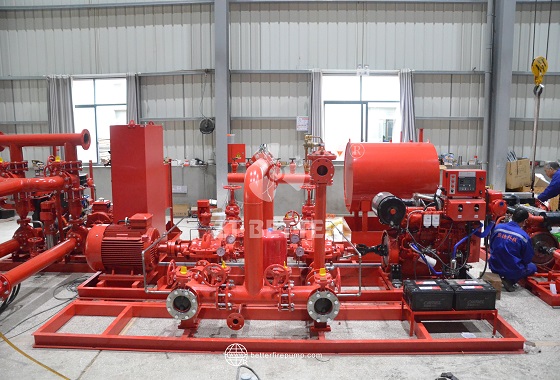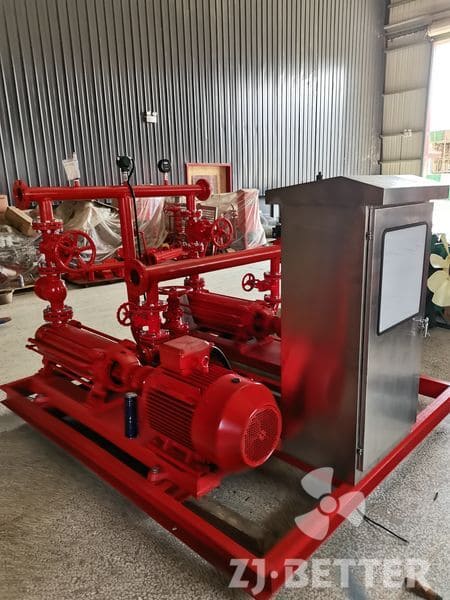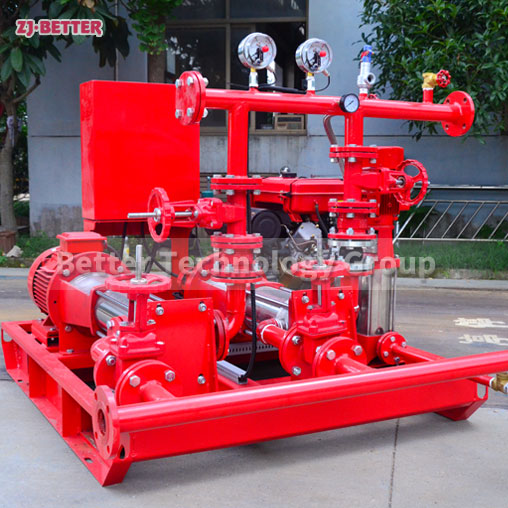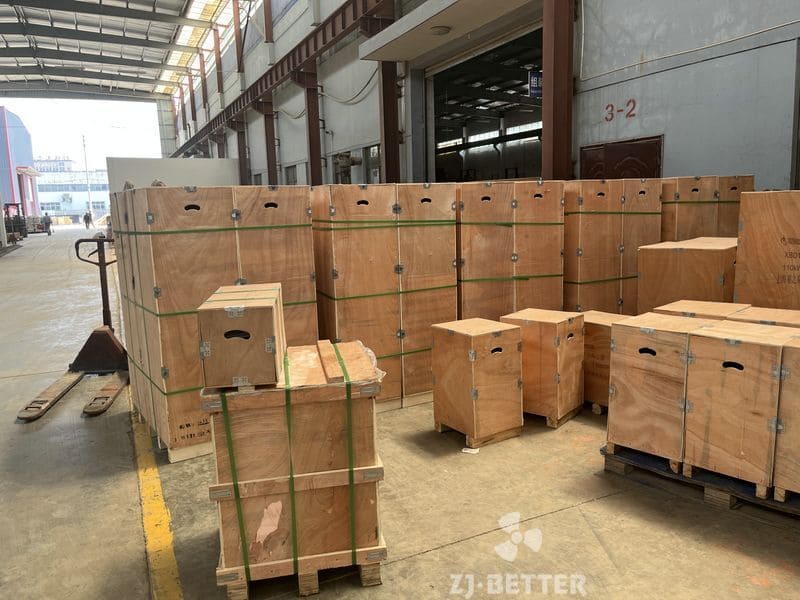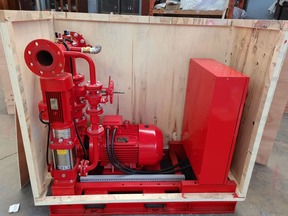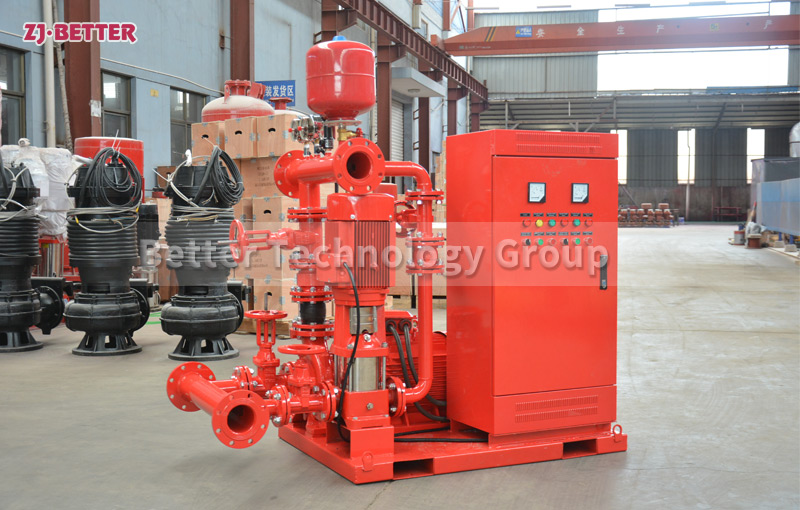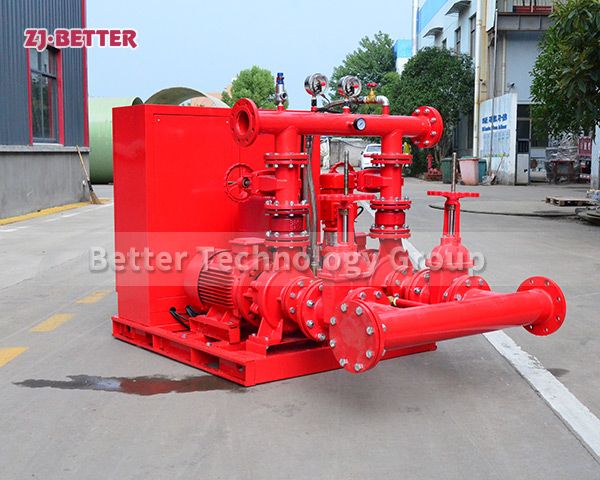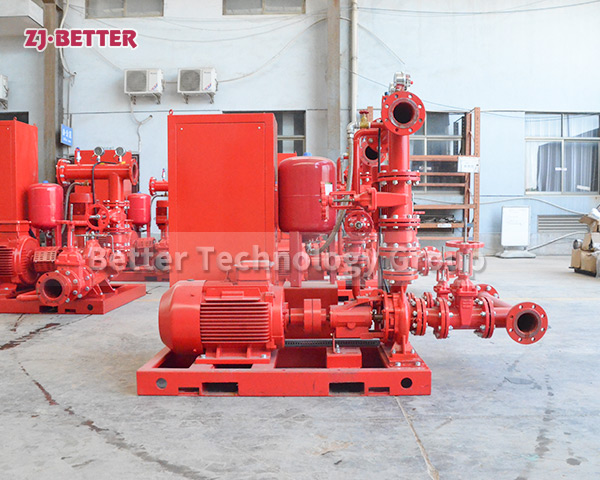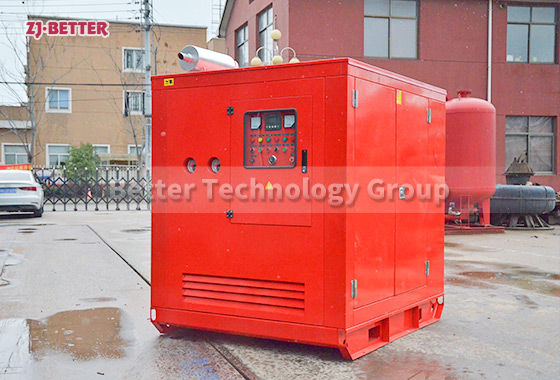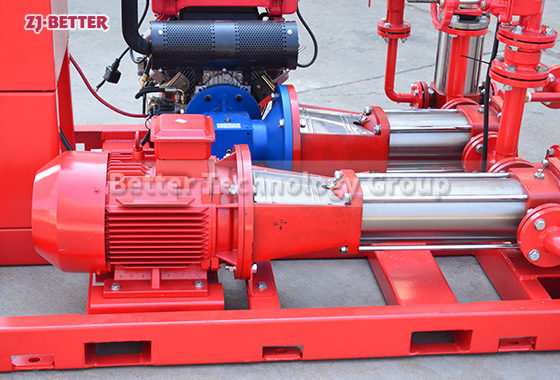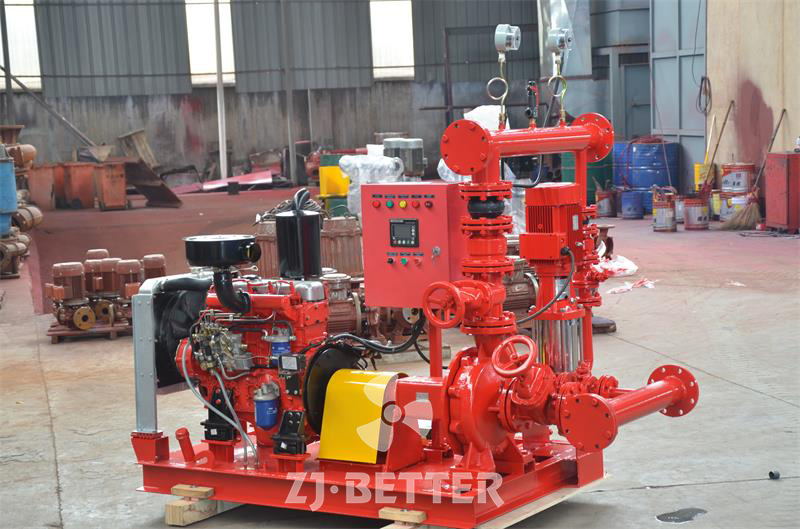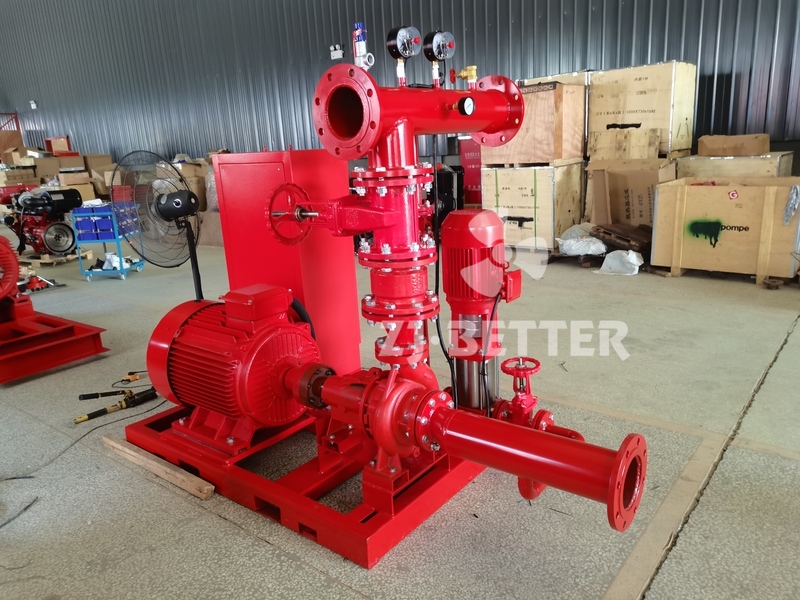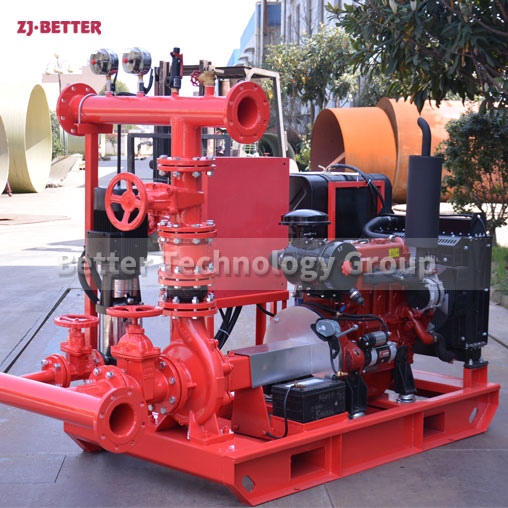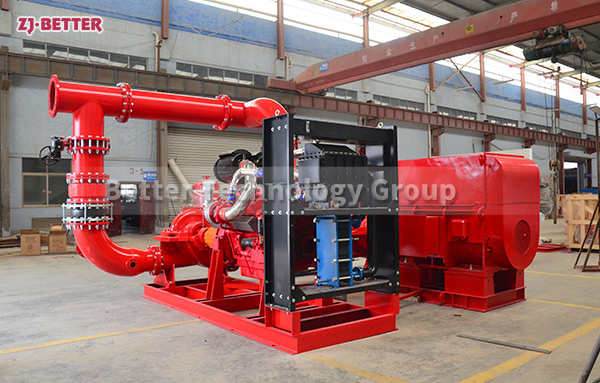Box Type Integrated Fire Fighting Equipment
The tank-pump integrated fire water tank includes a water tank, an air pressure water tank, a water pump unit, an electric control cabinet, a liquid level instrument, a pipeline, a bottom plate, and an internal and external ladder. The water tank, the air pressure water tank and the bottom plate are connected as a whole, and the water pump unit Located on one side of the water tank, the electric control cabinet is arranged in the water tank, the pipeline is connected with the water pump unit and the water tank, and the inner and outer ladders are connected on the side of the water tank. The fire-fighting equipment of the utility model is simple in structure, low in cost and easy to install. While meeting the fire-fighting needs, the project cost, construction period and floor space are reduced.
The water pump and pump chamber are placed in the water tank and fixed on the special module, which only occupies one cubic volume of movement and is easy to disassemble; the assembled water tank is used, which has strong applicability and convenient installation; the new submersible fire pump is adopted, and no special air discharge is required. , As long as the liquid level of the water tank is within the specified liquid level, it can directly enter the fire fighting state; the fire booster and voltage stabilizer pump is placed in the water tank, and it will not be burnt out due to freezing in winter; the water-immersed motor and water pump greatly reduce the noise of operation; The interface is reserved to support remote control, transmission, and automatic cleaning; high reliability and easy maintenance. The complete set of equipment is fully automatic and intelligently controlled, with a variety of protection and control functions, which can be truly unattended.

